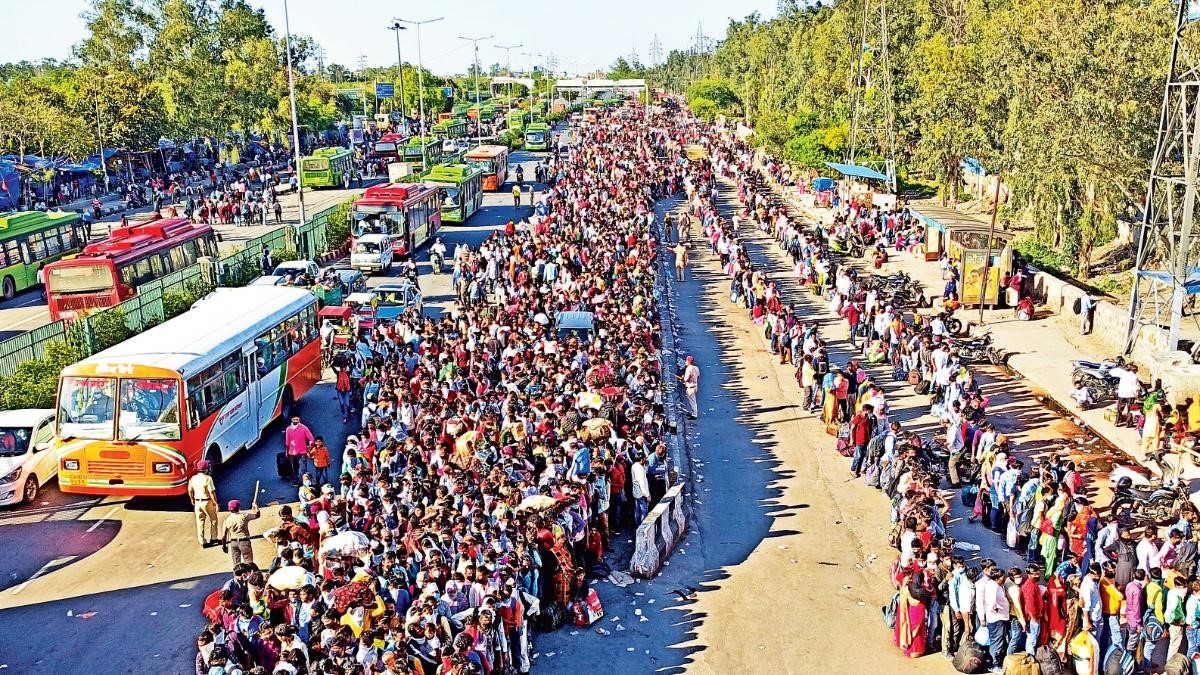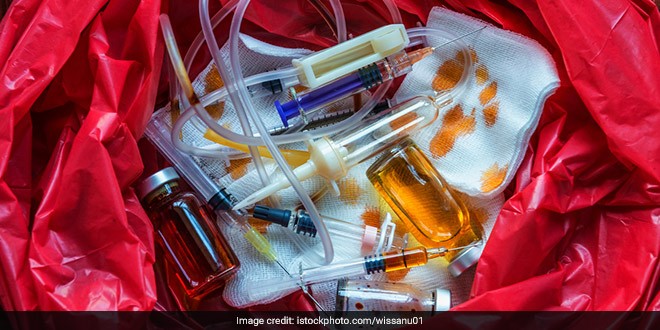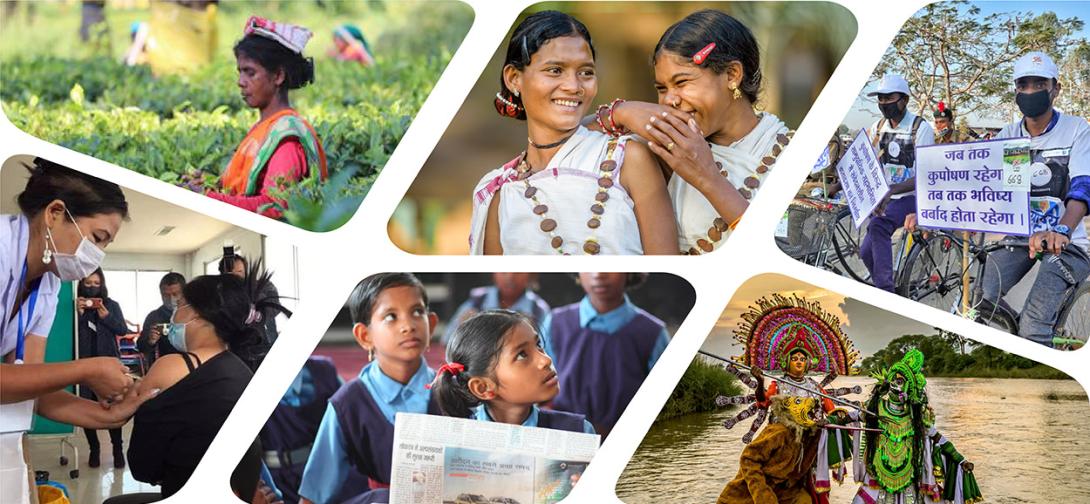Covid-19: A Rude Wake-Up Call
The GoI introduced a 21-day lockdown to flatten the Coronavirus curve. We saw numerous positive impacts on the environment because industries have been shut down, passenger transportation (road, rail, air) is on hold, and humans are locked inside their homes. NO2 concentrations, GHG emissions, and PM 2.5 levels continue to plummet and Air Quality Index (AQI) is improving throughout the country. Wildlife is reclaiming spaces vacated by humans – civet was roaming in Kerala, deer were found in the streets of Haridwar, nilgai was strolling the streets of Noida, and over 2 lakh Olive Ridley turtles returned for nesting and laying eggs at Orissa shores. We are waking up to chirping birds instead of the blaring honks of vehicles.
Although Nature is healing, the implications of lockdown are gloomy to many people. Prime Minister Modi in his nationwide address mentioned, "Social distancing is not just for the sick, but for each and every person, including you and even your family".
Is it possible for 1.3 billion people of India to isolate themselves?
The slum dwellers find it physically and economically impossible to practice social distancing. They are facing an agonised dilemma – should they work and risk infection, or stay at home and face starvation. According to a report by the Ministry for Urban Affairs in 2019, 29.4% of urban Indians live in a slum. The population density of Mumbai’s Dharavi is almost thirty times more than New York. 1,440 people share 1 toilet. Stepping out of one’s house results in unavoidable bumping with twenty people in the narrow lanes. Cramped, overcrowded and often located near open drains, slum areas have little hygiene.
Migrant workers survive on a daily wage. As the construction work stopped in cities, industries and restaurants were closed, they ran out of money. The backbone of the big city economy turned into refugees. As panic grew among them, thousands of migrant workers departed to their rural homes, by bus and even by foot. Fear sparked that they may import the virus to places where healthcare to combat novel Coronavirus is insufficient. The state borders were closed.

Apart from living beings, Coronavirus has adverse impacts on environment
A joint study of ASSOCHAM and Velocity revealed that India is likely to generate about 775.5 tons of medical waste per day by 2022 from the current level of 550.9 tons per day growing at a CAGR of about 7%. The humongous medical waste generated is picked by sanitation workers who are devoid of masks, gloves, and soaps. One time use disposable masks, tissue papers, syringes, gloves, and other PPEs along with wastewater generated from medical facilities needs to be strictly monitored and treated.
Another area of utmost concern is water. As stated by Ministry of Jal Shakti, the average annual per capita water availability in the years 2001 and 2011 was assessed as 1816 cubic meters and 1545 cubic meters respectively which may further reduce to 1486 cubic meters in the year 2021. Guidelines issued by WHO suggests frequently washing our hands for at least 20-30 seconds. People are often disinfecting their houses as a preventive measure. As a result, the per capita consumption of water has increased. India has a capacity of treating only 37% of the wastewater generated. This is bound to pressurise our water resources.
This pandemic has jolted us out of slumber. We will need short-term, medium-term and long-term policy reforms to manage our waste more efficiently. Compulsory incineration of medical waste needs to be implemented. This would prevent the waste from isolation units ending up in landfill and consequently avoid the spread of infection. Ultra High Temperature Gasification (UHTG) converts all the organic content of the waste stream to ‘syngas’ (it can be used to produce electricity) and the inorganic content is converted to an inert residue. We need better water management and supply to cater to the needs of 1.3 billion people. We need to instil confidence among the workers that the government is for the people. Digital awareness campaigns regarding this will help. This will ensure that when things go back to normal, workers return to the big cities and earn, instead of being unemployed.

STUCK at home?
Amidst all this, your daily routine is – wake up and study or work from home, sneak out some time to scroll social media and laugh at memes, cook from your well-stocked pantry or order meals from Zomato/Swiggy at your leisure, Netflix and chill. You wash your hands with soap five to six times a day. You have a mask and sanitiser for your protection. You are learning new skills to excel in your career or pursue a hobby. Your salary might get delayed but it will be credited to your bank account. You are counting on the lockdown to be uplifted so that you may hang out with your friends and roam around places.
Social distancing is a privilege of the middle and upper class in India. Next time say ‘I am safe at home’ instead of ‘I am stuck at home’.
*Saumya Pandey is a Young Professional, NITI Aayog. Views expressed are personal.
 National Portal Of India
National Portal Of India 


